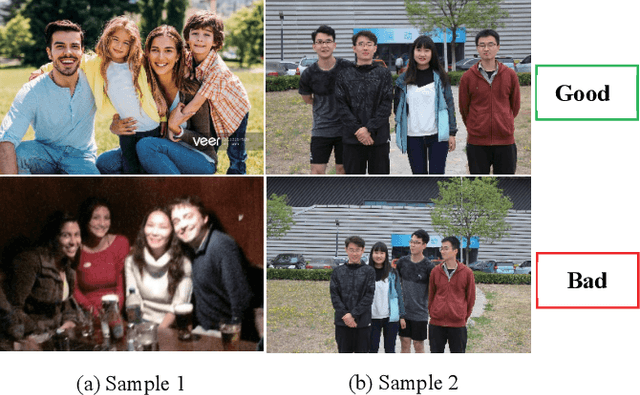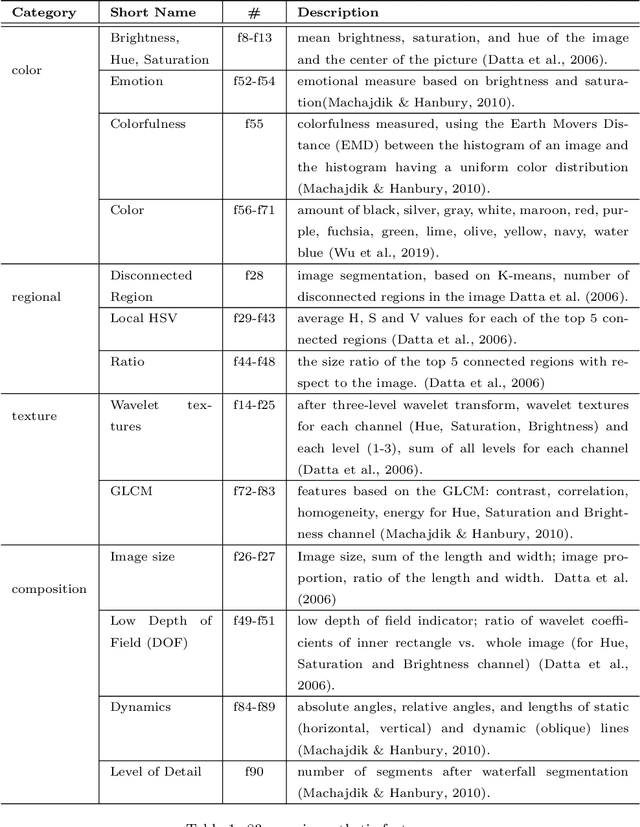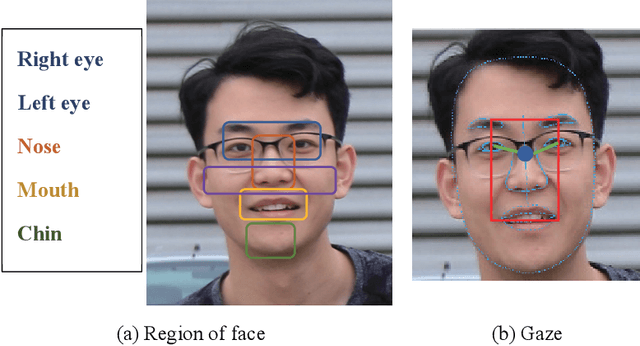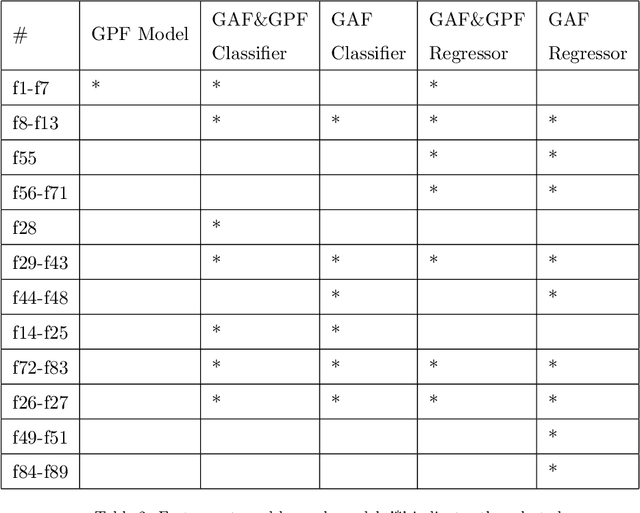Fan Qin
Business School, Nankai University
A New Channel Model for OAM Wireless Communication at 5.8 and 28 GHz
Sep 06, 2024Abstract:Orbital angular momentum (OAM) in electromagnetic (EM) waves can significantly enhance spectrum efficiency in wireless communications without requiring additional power, time, or frequency resources. Different OAM modes in EM waves create orthogonal channels, thereby improving spectrum efficiency. Additionally, OAM waves can more easily maintain orthogonality in line-of-sight (LOS) transmissions, offering an advantage over multiple-input and multiple-output (MIMO) technology in LOS scenarios. However, challenges such as divergence and crosstalk hinder OAM's efficiency. Additionally, channel modeling for OAM transmissions is still limited. A reliable channel model with balanced accuracy and complexity is essential for further system analysis. In this paper, we present a quasi-deterministic channel model for OAM channels in the 5.8 GHz and 28 GHz bands based on measurement data. Accurate measurement, especially at high frequencies like millimeter bands, requires synchronized RF channels to maintain phase coherence and purity, which is a major challenge for OAM channel measurement. To address this, we developed an 8-channel OAM generation device at 28 GHz to ensure beam integrity. By measuring and modeling OAM channels at 5.8 GHz and 28 GHz with a modified 3D geometric-based stochastic model (GBSM), this study provides insights into OAM channel characteristics, aiding simulation-based analysis and system optimization.
Aesthetic Quality Assessment for Group photograph
Feb 04, 2020



Abstract:Image aesthetic quality assessment has got much attention in recent years, but not many works have been done on a specific genre of photos: Group photograph. In this work, we designed a set of high-level features based on the experience and principles of group photography: Opened-eye, Gaze, Smile, Occluded faces, Face Orientation, Facial blur, Character center. Then we combined them and 83 generic aesthetic features to build two aesthetic assessment models. We also constructed a large dataset of group photographs - GPD- annotated with the aesthetic score. The experimental result shows that our features perform well for categorizing professional photos and snapshots and predicting the distinction of multiple group photographs of diverse human states under the same scene.
 Add to Chrome
Add to Chrome Add to Firefox
Add to Firefox Add to Edge
Add to Edge